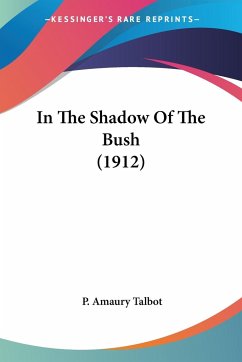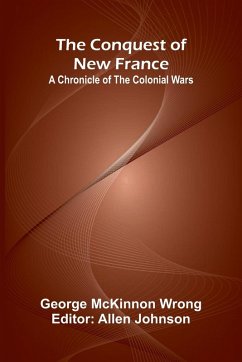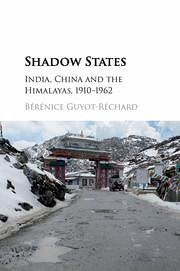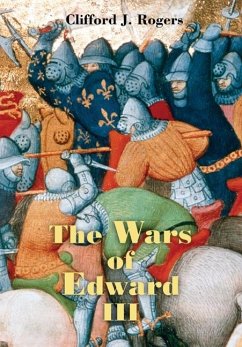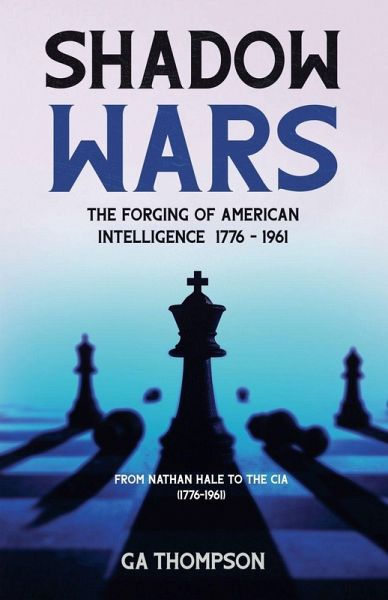
Shadow Wars
The Forging of American Intelligence 1776 - 1961
Versandkostenfrei!
Versandfertig in 1-2 Wochen
23,99 €
inkl. MwSt.

PAYBACK Punkte
12 °P sammeln!
For 165 years, America repeatedly built intelligence capabilities in wartime-then systematically destroyed them in peace. George Washington's Culper Ring provided intelligence that helped win the Revolutionary War. After victory, the network dissolved. The files disappeared. The lessons vanished. The pattern repeated through nine wars. After each conflict, intelligence officers were dismissed, networks dismantled, files destroyed or lost. When the next war came, America started from scratch-relearning lessons at the cost of lives, battles, and sometimes entire campaigns. Abraham Lincoln's dete...
For 165 years, America repeatedly built intelligence capabilities in wartime-then systematically destroyed them in peace. George Washington's Culper Ring provided intelligence that helped win the Revolutionary War. After victory, the network dissolved. The files disappeared. The lessons vanished. The pattern repeated through nine wars. After each conflict, intelligence officers were dismissed, networks dismantled, files destroyed or lost. When the next war came, America started from scratch-relearning lessons at the cost of lives, battles, and sometimes entire campaigns. Abraham Lincoln's detectives overestimated Confederate forces by 90,000 men, leading to disastrous battlefield decisions. Why? Because no institutional memory existed from the Mexican-American War, when intelligence had worked. The Army forgot how to count enemy soldiers between wars. After World War I, the United States possessed the world's most sophisticated signals intelligence capability-breaking German codes, tracking enemy movements, producing room-stacks of intelligence for major offensives. By 1929, it was gone. Secretary of State Henry Stimson shut down the Black Chamber with five words: "Gentlemen do not read each other's mail." When World War II erupted, brilliant cryptanalysts like William Friedman rebuilt American codebreaking from nothing. Four employees in 1930. By 1945, thousands of personnel were breaking Japanese and German codes, providing intelligence that shaped every major campaign. Would this capability finally be preserved? This time, yes. The Cold War convinced American leaders that permanent intelligence institutions were essential. The 1947 National Security Act created the CIA, breaking the 165-year cycle. But permanence didn't solve everything. The "bomber gap" showed how intelligence could be manipulated-Soviet deceptions and worst-case assumptions led to estimates of 800 Bison bombers when only 93 existed. The "missile gap" was worse. In 1960, estimates projected 100 to 1,000 Soviet ICBMs. Satellite reconnaissance revealed the truth in 1961: the Soviets had 4 operational missiles. The United States had 57. American estimates were wrong by factors of 25 to 250. Shadow Wars tells the story of American intelligence from the Revolutionary War through the early Cold War-a story of brilliance and failure, innovation and institutional amnesia. From the Culper Ring's invisible ink to the U-2's cameras, from Herbert Yardley's Black Chamber to the CIA's creation, from guerrilla warfare in the Philippines to covert operations in Iran and Guatemala, this history reveals how America finally learned to preserve its intelligence capabilities-and why that achievement came at such enormous cost. The book chronicles:Revolutionary War spies who invented American tradecraft The total absence of intelligence before the War of 1812 Lincoln's troubled relationship with Allan Pinkerton's detectives The systematic dismantling after each war World War I's unprecedented intelligence sophistication-and its complete abandonment The brilliant cryptanalysts who broke Japanese Purple codes before Pearl Harbor The OSS's global operations in World War II The creation of permanent intelligence institutions The assessment failures that produced phantom Soviet bomber fleets and nonexistent missile arsenals Based on declassified documents, congressional investigations, and operational records, Shadow Wars explains how America built, destroyed, and finally preserved its intelligence capabilities-and why the assessment problem persists even after the forgetting finally stopped.




